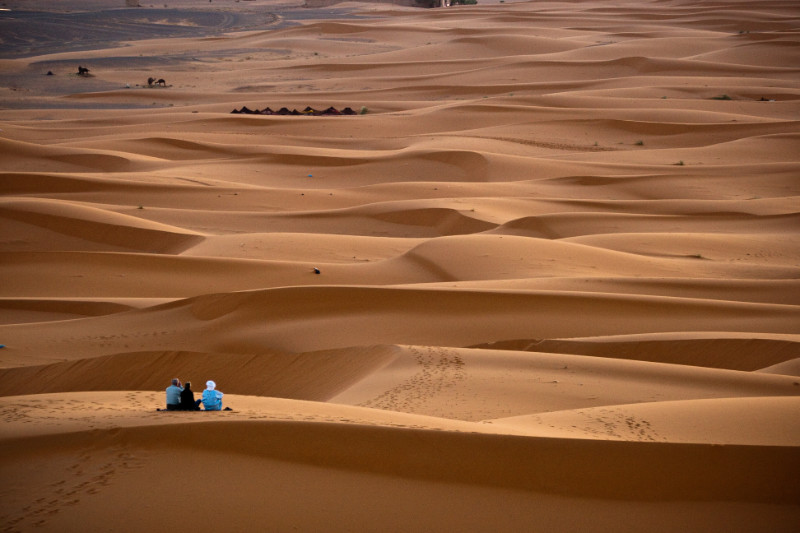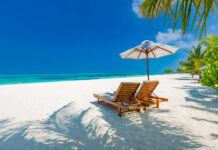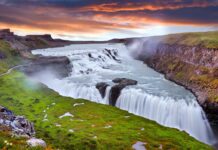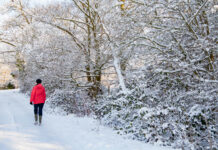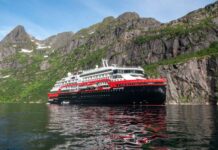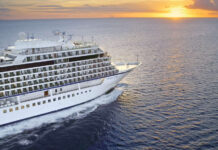It’s not that Algeria has a bad reputation with tourists, it’s that it doesn’t really have a reputation with tourists at all.
On paper, it’s got the lot. A North African nation with a Mediterranean coastline, where French is widely spoken, Algeria is larger than France, Spain, Germany, Italy and the UK combined, and rewards discerning travellers with Roman ruins, desert odysseys, and spectacular untapped beachfront.
A vicious civil war crippled the country during the Nineties and early Noughties, but Algeria today is much safer, and should by right have followed neighbours Morocco and Tunisia onto Western tourists’ scratch maps.
The problem is simple: visas. Notoriously difficult to obtain and prone to rejection without reason, embassy bureaucracy often defeats even the most organised applicants. But now the announcement of a new electronic visa system, set to be introduced, might at last be opening Algerian airports to casual visitors.
Here are the highlights, from swarming cities to empty expanses of sand.
The many faces of Algiers
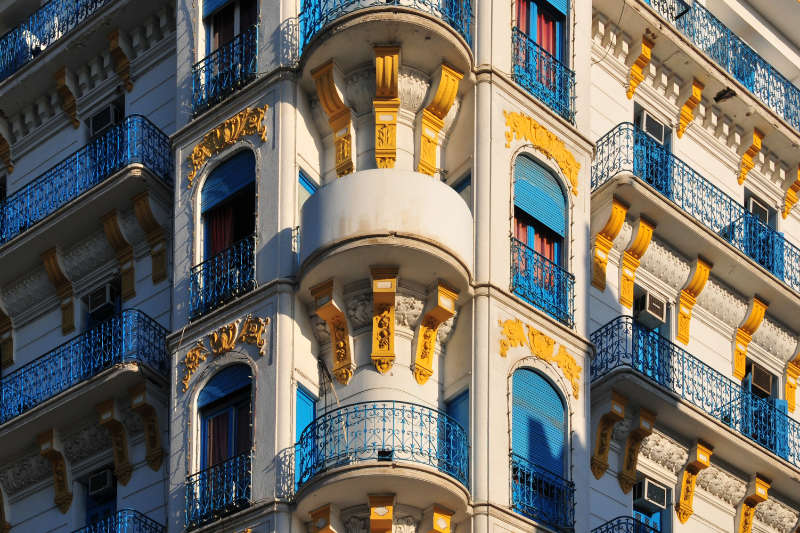
An ultra-modern capital, port city Algiers hits visitors with a sensory overload of sights, smells and sounds. French-style boulevards line the seafront, themselves lined with French-style apartment blocks, but the most rewarding wanders take place further inland.
The old Islamic citadel, a UNESCO World Heritage Site known as The Kasbah, is arranged haphazardly up the hillside, its labyrinthine network of alleys, steps and doorways making up what is typically termed ‘the real Algiers’.
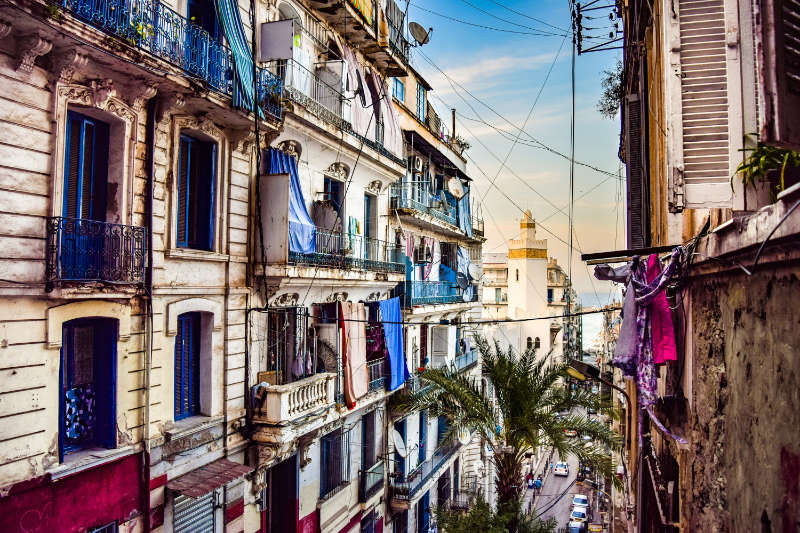
Two of Algeria’s most treasured structures stand above the city, looking out over the bay. The tripod-like Martyrs’ Memorial commemorates those killed in the Algerian War for Independence, fought against France.
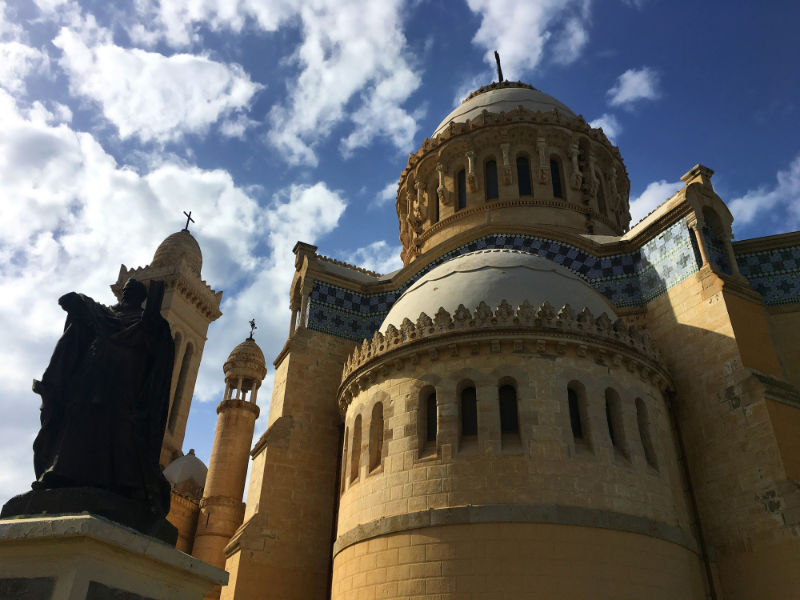
A short distance along the shore lies Notre-Dame d’Afrique, a Neo-Byzantine church and architectural gem; its pearly stones and azure trimmings sparkle above the skyline.
And the city is nicknamed ‘Algiers the White’, for the rows of whitewashed houses rising from the sea, which shimmer in the late-afternoon light like a really, really big Santorini.
Algeria’s ancient treasures
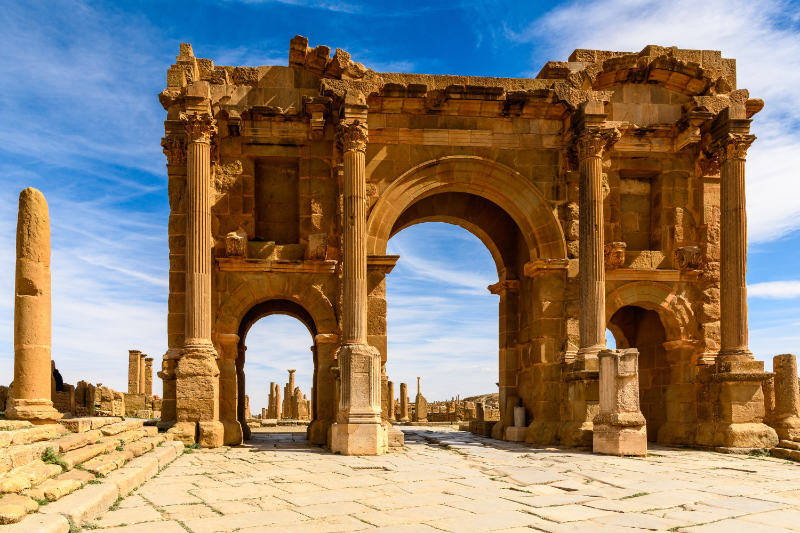
It is easy to forget that many of the world’s most impressive Roman ruins are not only outside Italy, they’re outside Europe altogether. Built from scratch by the Emperor Trajan in 100 AD, the one-time military colony of Timgad still rocks a magnificent gatehouse, more columns than a broadsheet newspaper, and a network of typically straight Roman roads.
A UNESCO World Heritage Site, the ruins stretch as far as the eye can see, and further riches likely remain buried beneath the sand. Built in a perfect square, with a central forum, strategically placed latrines, and amphitheatre hewn into the hillside, Timgad ranks as a fascinating tourist site and a textbook piece of town planning.
On the off-chance that you tire of Timgad, Algeria has another UNESCO-listed Roman ruin in the form of Djemila, an extraordinarily beautiful mountain town that emerges, almost ghost-like, from a layer of verdant undergrowth.
For standalone sites, consider the Mausoleum of Mauretania, a giant funerary dome among the coastal ruins at Tipaza. Also UNESCO-listed (of course), the Mausoleum allegedly served as final resting place for Cleopatra Selene II, the daughter of Cleopatra of Egypt and Mark Antony.
Algeria’s Saharan splendour
Everyone knows the Sahara Desert is big, and most of us have seen it in David Attenborough programmes, but to actually be there – to be an invisible dot in an incomprehensibly vast and barren wilderness – is something else altogether. In Algeria the Sahara covers nearly 80% of the country, so there really is plenty to go round.
Timimoun is generally dune of choice for travellers, a literal desert oasis known for its dark red buildings. The inhabitants are predominantly Tuaregs – a nomadic Saharan people renowned for colourful clothing – who will guide you round ancient mud-brick citadels and introduce you to local customs. There’s not all that much there – but that’s kind of the point.
























































